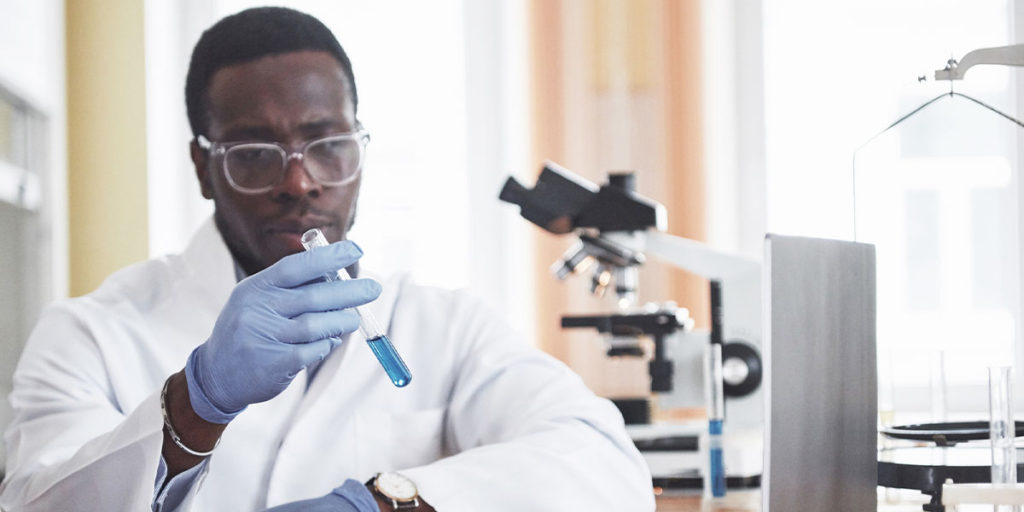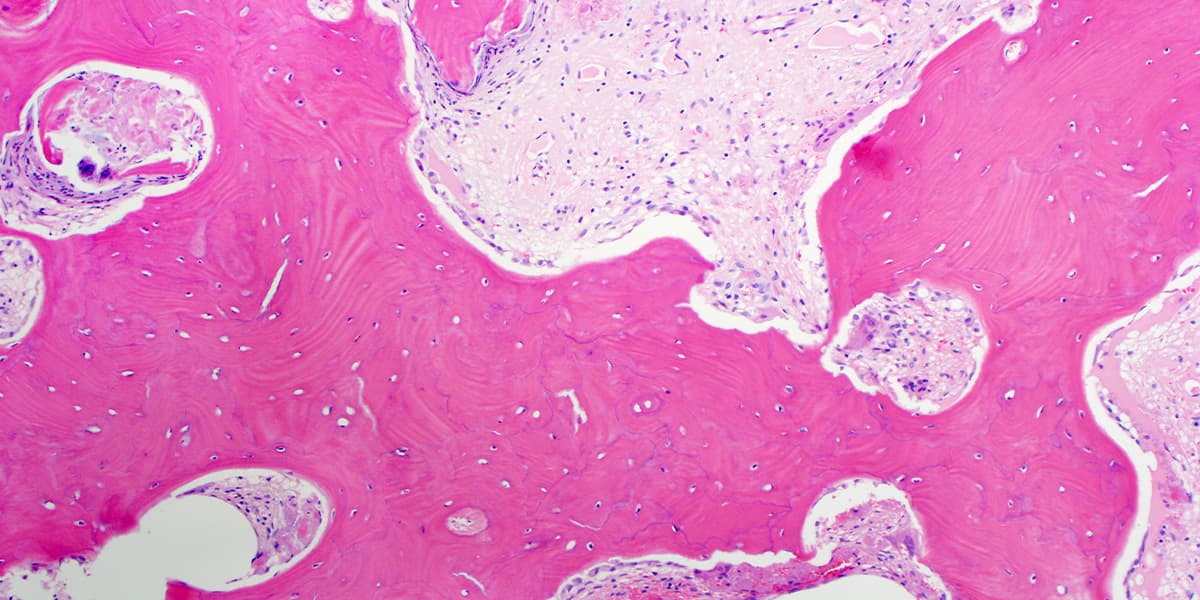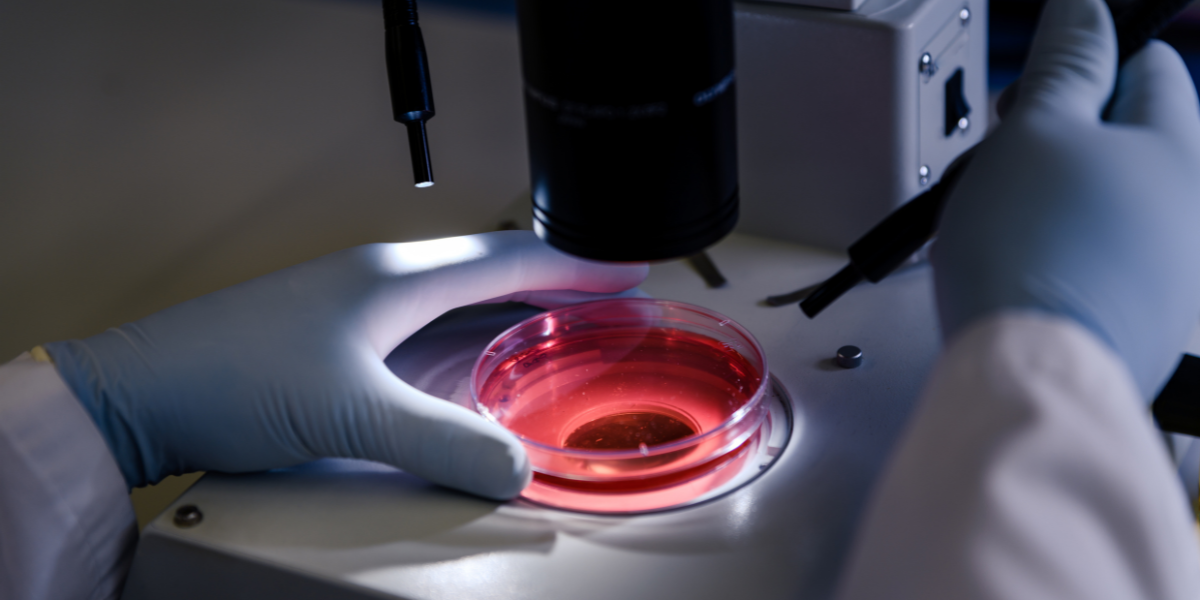When it comes to pathology and pathological studies, there are many questions about the intricacies and the differences between the many branches of the field. While pathology itself is the study of diseases, we know that there are many diseases that affect different parts of the body. Pathologists play a critical role in researching and developing new treatments to fight viruses, infections, and other diseases. But pathologists also use their expertise to support every aspect of healthcare including helping doctors treat diseases.
Why do Blood Types Matter? Click Here to Find Out!
Even beyond the different types of pathology itself, there are two more terms that you should be aware of: clinical pathology and general pathology. Let’s take a closer look at what each of these terms mean and what they mean to doctors and patients alike.
General Pathology
Let’s start with general pathology. This describes the field of pathology itself. It involves the study of the complexities behind cell and tissue injuries, but also understanding how the body responds to and recovers from those injuries. Additionally, general pathologists focus on the causes, mechanisms, triggers, and patterns of change. This branch makes It possible to determine the treatment adapted to each case and sometimes identifies prevention methods, dealing with the common occurrences each specific disease has.
A general pathologist is familiar with the major aspects of many branches of laboratory science. S/he is usually trained in anatomical pathology, cytology, chemical pathology, microbiology, hematology, and blood banking. While they have a wide range of knowledge in pathological and laboratory issues, they do not have the depth of knowledge of these areas that a specialist would have.
Clinical Pathology
Clinical pathology gets a bit more specific than general pathology. Sometimes referred to as medical laboratory pathology, clinical pathology is a specialty which is focused on the diagnosis of diseases based on the lab analysis of fluids such as blood and urine, but also the samples of tissue including skin and the endometrium. The specialty requires the completion of a medical residency; the American Board of Pathology certifies clinical pathologists, recognizing the following specialties:
- Chemical pathology/clinical chemistry
- Dermatopathology
- Hematopathology
- Blood banking
- Clinical microbiology
- Cytogenetics
- Molecular genetics pathology
These specialties also represent the primary divisions of pathology, though there are emerging specialties including molecular diagnostics and proteomics. In some countries, other specialties fall under the purview of clinical biologists, these include reproductive biology and immunopathology.

Pathologists are experts in diagnosing various diseases using proven methods.
Furthermore, since many areas of clinical pathology overlaps with anatomic pathology—which is the specialty concerning the diagnosis of diseases based on macroscopic, microscopic, biochemical, molecular, and immunological examination of samples—many clinical pathologists practice both anatomic and clinical pathology.
Clinical pathologists work in close collaboration with other clinicians including biochemists and microbiologists, medical technologists, hospital administrators, and physicians to ensure accuracy.
As we can see, pathology is a field with many categories and specialties, all done for the investigation, diagnosis, and eventual treatment of diseases. While the field of pathology is closely associated with human diseases, it is also important to know that veterinary pathology covers an array of diseases that may affect animals, too. Pathologists are a crucial member of a doctor’s diagnostic team, which is why it’s important to have an experienced team of diagnostic experts to help you identify any issues you may have and identify the right course of treatment, which is why we hope you’ll contact the pathologists at the South Bend Medical Foundation.





